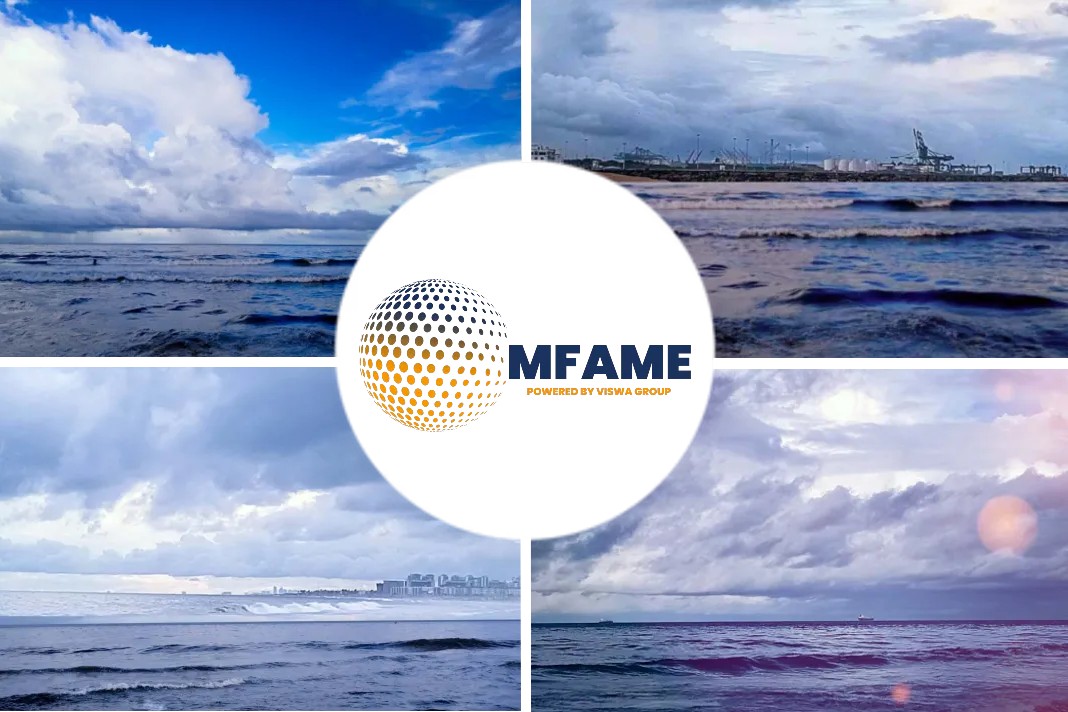Persian Gulf-Japan Very Large Gas Carrier rates surged to the highest in almost one year and five months to around $105/mt May 31, rebounding from six-month lows at $42/mt March 2, S&P Global Commodity Insights data showed, on strong demand and tight tonnage, reports SP Global.
Are the Shipping Rates Increasing?
Shipping sources said while rates might be easing below $105/mt June 1, the Persian Gulf market remained tight tonnage-wise.
Shipping broker GFI said in a May 31 report, the market “was seeing little liquidity in terms of freight, with just a handful of positions left for third-decade June.”
Before that, GFI said the strong showing seen in the Persian Gulf over the May 23-28 week looked set to persist, with a $145/mt equivalent heard transacted for an ex-Yanbu cargo, on tight tonnage.
“Some of the drivers are Middle East Gulf (producers) pumping out cargoes for June, and the US market has been very active the last four months or so, hence shipping comes somewhat tighter,” a second shipping source said, adding that he would not be surprised if rates come down later in June or July.
“At one stage, the market will stagnate and flatten out, then to most likely come down, but to what level is hard to say,” he said.
“The US market is bit different as you have the arbitrage/netbacks and you can cancel your cargo against a fee should you decide not to lift the cargo, but as long as the arbitrage is more or less in favor, you lift the cargo.”
Saudi Aramco, Qatar Petroleum and ADNOC have largely accepted term lifters’ nominations for June-loading cargoes, in line with nominations, and June-loading spot cargoes have also been sold from Qatar and Saudi Arabia.
US LPG cargoes loading in May for delivery to Asia in June were estimated at 2.4 million mt, up from around 2.2 million mt loading in April, while
overall US export volumes loading in May were around 4.2 million mt, trade sources said.
Newbuildings vs. drydockings
The transit situation via the Panama Canal has been “fairly OK” this year, the second shipping source said, adding that waiting time for north-bound and south bound carriers vary quite a bit.
“But so far there have been no real problems on booking slots either way. It may get more challenging in Q4 when the LNG market usually starts to kick in again,” the source said.
BW LPG, a unit of shipping major BW Group, recently changed its 2022-2023 LPG freight outlook to a more optimistic one, on expectations of higher energy prices and steady export growth led by more support for LPG as transitional fuel, countering uncertainties from the heavy newbuilding delivery schedule.
The global VLGC fleet will grow to 340 ships in 2022, 378 ships in 2023 and 381 ships in 2024, BW LPG said.
Ship broker Banchero Costa said in a May report that eight VLGCs were delivered in the first four months of 2022, taking VLGCs in service worldwide to 343 from 255 units in 2017.
BW LPG also said that the newbuildings would be offset by the high number of ships put in dry docks for maintenance in 2023.
The second shipping source said about 40 ships are scheduled to be in drydocks for maintenance this year, though he did not have numbers for 2023 yet.
However, he said, “I don’t see drydockings will have a big effect on rates this year.”
Did you subscribe to our daily Newsletter?
It’s Free! Click here to Subscribe
Source: SP Global

















